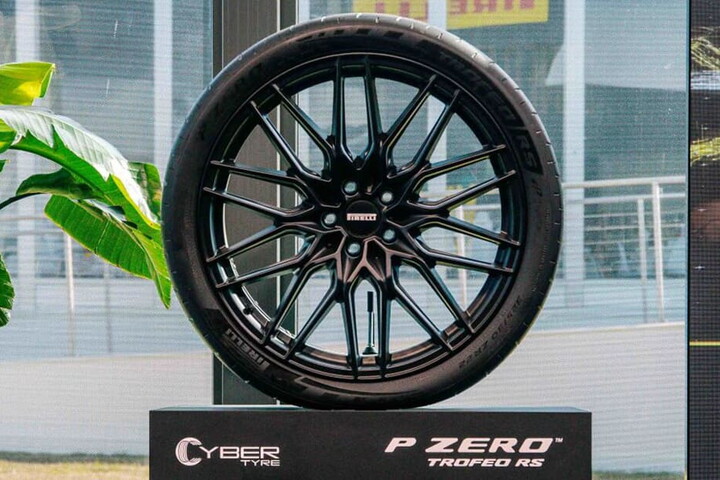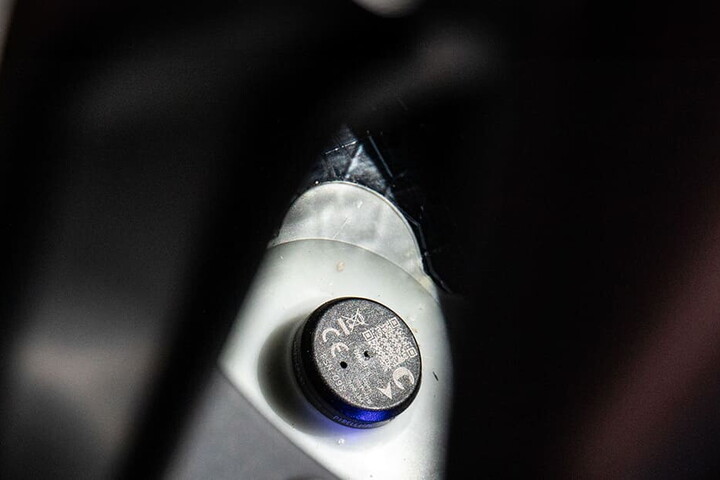For many years, autonomous driving has been a topic that has divided both experts and enthusiasts. Yes, there has been plenty of progress, but also some high-profile accidents, particularly in the United States, that have been put down to system malfunctions.
So is autonomous driving – dispensing with the services of the human behind the wheel – really the future? It seems hard to imagine at the moment, but everyone is busy working on their own systems: from the oldest and most established manufacturers, to recent start-ups and well-known pioneers. But every one of them has to adhere to the global standard, prosaically called SAE J3016, which classifies autonomous driving technology into six categories from 0 to 5.
Starting from scratch
Let's start from zero. A car in this category is substantially an analogue car as we know it, with no autonomous systems of note. The car reacts to the inputs of its driver, without whom nothing happens. The only exception is automatic emergency braking: an automatic braking system that's able to stop the car if it detects that a collision is imminent. From 2022, this technology will be compulsory on all new cars sold in Europe. But there are other automatic warning technologies that you can still see on cars that are officially classified as level 0, such as blind spot warning – which as the name suggests, warns of any vehicles hidden in the driver's blind spot – or lane departure warning, which warns if a driver is accidentally straying into another lane.
Helping the driver
Genuinely autonomous driving technologies start with level 1. But it would be more accurate simply to talk about driver aids, when it comes to steering or accelerating and braking (but not steering and accelerating or braking at the same time). Level 1 driver aids include lane centring, which acts on the steering to keep the car in the right lane, or adaptive cruise control, which works with the accelerator and brakes to keep the car at a determined speed without crashing into the vehicle in front. Level 2 is an evolution of level 1, where the vehicle can keep to its lane as well accelerating or braking at the same time. In other words, if a car has both lane centring and adaptive cruise control, it's working at level 2 of autonomy. The majority of top cars from the main manufacturers either have level 2 autonomy as standard or are able to offer it as an option.
Taking control
When you get to level 3, the driving experience becomes truly autonomous in the real sense of the word, although the driver is still ultimately responsible for the vehicle and should be ready to take over if there's a problem or any system malfunction. One example of level 3 autonomous driving is traffic jam assist or traffic jam chauffeur: when there's a traffic jam, this system can be switched on and will essentially take control of the accelerator, brakes and steering in order to guide the car through the jam. A number of newer top-end cars have this functionality already fitted.
Robot taxis
Level 4 autonomy is what most people consider overall driving autonomy to be: a car that drives itself. It's the first level in which the driver can be considered to be a mere passenger and so doesn't need to control the car. In fact, the steering wheel and pedals are largely superfluous. One example of level 4 autonomy are the self-driving taxis currently being trialled by Waymo in the United States and Renault in France. The only real limit with level 4 is that the autonomy can't be switched on all the time, but instead only when conditions allow. That's what makes the difference compared to level 5, when the car can drive itself all the time, with no limits and in all conditions.
The role of driver systems
The technical side of all these systems is comparatively easy to figure out compared to the wider philosophical question: whose responsibility is it if something goes wrong while all these systems are activated? There's currently no international ruling on this and it's the source of heated debate. Nonetheless, the SAE J3016 standard says that up to level 3 the driver has to drive whenever necessary. From level 4 on, the driver is reduced to the role of passenger. Whether or not future regulation around autonomous driving reflects the SAE standard is something that remains to be seen. For now though, manufacturers are playing around with terminology, so you won't find a car on sale that claims to be fully autonomous (as that could imply some degree of responsibility).
Instead, all these cars claim just to be equipped with ADAS, a snappy acronym that stands for Advanced Driver Assistance Systems. This essentially covers everything up to level 3. And, for now, society still places all the responsibility on the actual human driver, regardless of the technology fitted to the car. For the future? Who knows…




